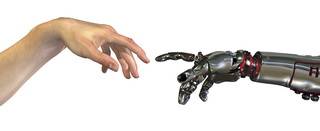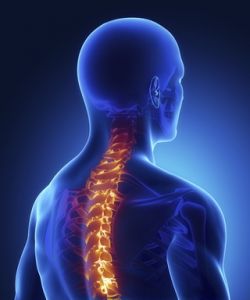De Motu Animalium. This is the Latin title of a book written around 320 BC. The author was none other than Aristotle. The translated title reads, “The Movement of Animals”. Through the writing of this book, Aristotle viewed the bodies of animals as mechanical systems. This may be the first book written that considers biomechanics.
Roughly about the same time but in a different place, a prosthetic wooden toe was being used in ancient Thebes. This is known because a mummy from that area was recently found with a cleverly engineered artificial toe attached to its foot. This may be the first practical example of biomedical engineering.
Over the next 2300 years or so, several exceptional people throughout time contributed to the ideas behind biomechanical and biomedical engineering. But it wasn’t until the 19th Century that those ideas really took off. Standing on firm science and modern engineering techniques, they coalesced into the very practical and applicable sciences seen today. But what are they exactly and how are they different?
Both are interdisciplinary fields of science, based on mechanics and biology. They also are likely to include aspects of other fields of study such as physics, anatomy and chemistry. Although both analyze problems from multiple scientific perspectives, they differ by which areas of study they leverage to accomplish their goals.
Biomechanical engineers heavily utilize physics because most biomechanical investigations center on actions and reactions. Some questions a biomechanical engineer might strive to answer include: Were the forces generated in a collision of two vehicles strong enough to cause the injuries reported? Could a fall down a flight of stairs cause a spiral fracture of the leg? In these analyses, one can see the application of engineering principles applied to physiology.
Biomedical engineers utilize biology and physiology, since most biomedical pursuits strive to provide mechanical solutions to anatomical problems. Examples of biomedical engineering are replacement organs, joints and limbs, sip-and-blow wheelchairs for quadriplegics and diagnostic tools, such as x-rays, CT scans, MRIs and ultrasounds.
While the formal fields of biomechanical and biomedical engineering are relatively new, the concept of applying engineering principles to the study of anatomy and physiology has been around for centuries. Although initially theoretical, over the past century, theory has given way to practical applications. Both fields have a very real effect on the quality of human life that will only increase in significance as time marches on. Please contact us at 800.780.4221 .






